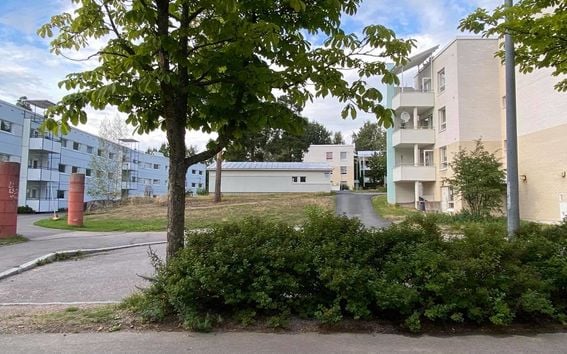ModerninArvo project affects debate on fate of modern buildings

In the 2020s Finland faces a threat of a wave of demolition which is the most significant in the country's history. Significant public buildings as well as entire residential areas and office buildings are being demolished, based on claims that the buildings are not suited for new purposes.
Demolishing buildings and building new ones produce significant carbon emissions and consume raw materials, making the question one of the single most significant factors in the creation of a carbon-neutral Finland. In addition, many late 20th century residential areas, landscapes, and Arctic living environments are under threat. Someday they might be yearned for, was the case with wooden buildings that were pulled down in the 1960s.
The ModerninArvo project approaches the most extensive wave of building demolition in the country's history from a multisectoral point of view. The project examines the fate of building stock a few decades old in workshops bringing together researchers and influential people from many different fields. The goal is solution-oriented action because research and debate on modern building heritage and residential areas is often extremely polarised, examining matters from the point of view of a single branch of science.
The two-year project coordinated by Aalto University is being funded through an Argumenta grant from the Finnish Cultural Foundation. Argumenta projects to be implemented in 2021 and 2022 share the theme of sustainability, and they offer new answers and conclusions to socially challenging questions, while communicating about the results to an audience that extends beyond an inner circle of scientists.
In addition to Assistant Professor Panu Savolainen, the head of the project, the working group also includes researchers and actors in the field from Aalto University, the University of Tampere, as well as organisations dedicated to restoration, and cultural heritage. In addition to research institutes, actors from the world of business, as well as those from the construction industry and the legislative sector will be invited to workshops and other events of the project. Workshops linked with the project are being planned by Demos Helsinki.
Key methods used by the project include social media, seminars that are open to the public, and a documentary film to be shot during the project. In addition to workshops and seminars organised for experts, the project will organise seminars for the public, while producing a construction opener for decision-makers and the public at large.
Further information:
Panu Savolainen
Assistant professor, PhD, SAFA Architect
[email protected], +358 50 475 6727
Read more news

DeployAI Partners Gather for Heart Beat Meeting in Helsinki
The European DeployAI project's partners gathered for the Heart Beat meeting hosted by Aalto University Executive Education in Helsinki.
Get to know us: Associate Professor Maria Sammalkorpi
Sammalkorpi received her doctorate from Helsinki University of Technology 2004. After her defence, she has worked as a researcher at the Universities of Princeton, Yale and Aalto.
Aalto computer scientists in ICML 2024
Computer scientists in ICML 2024